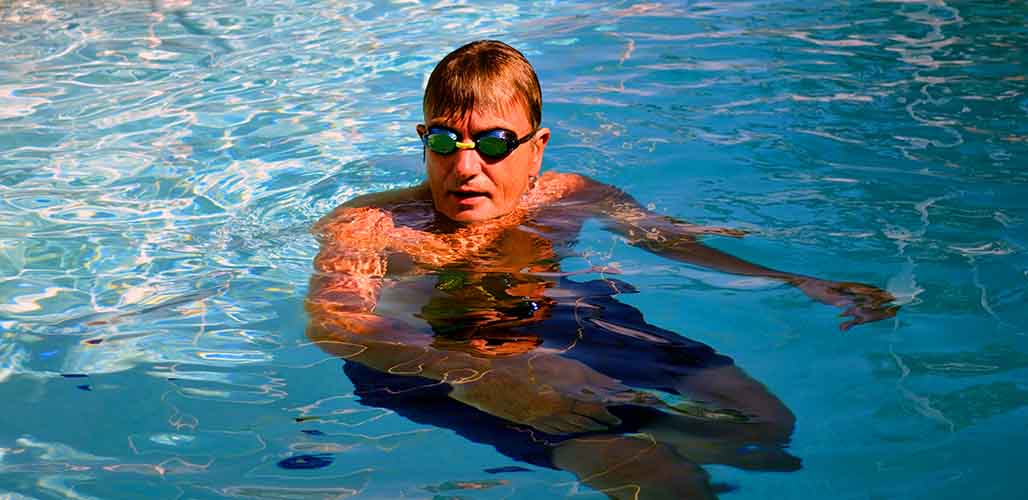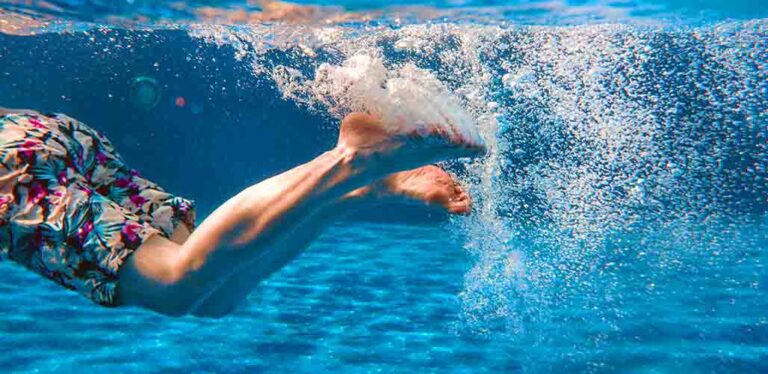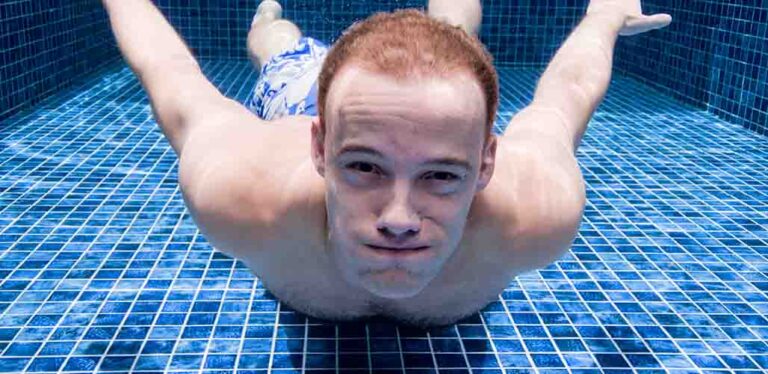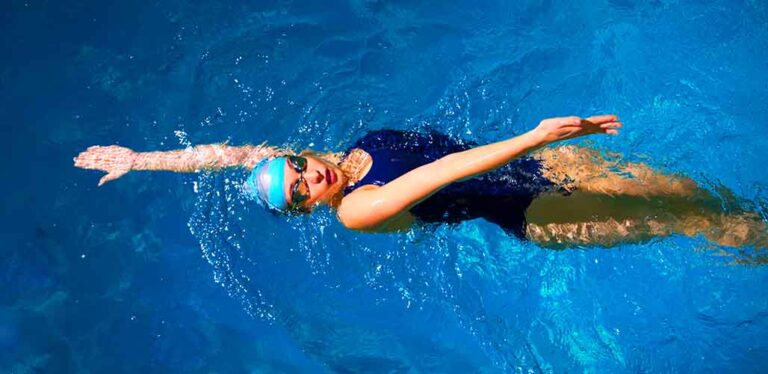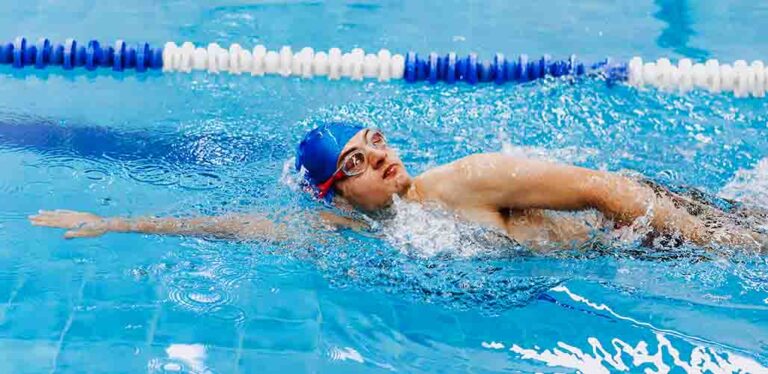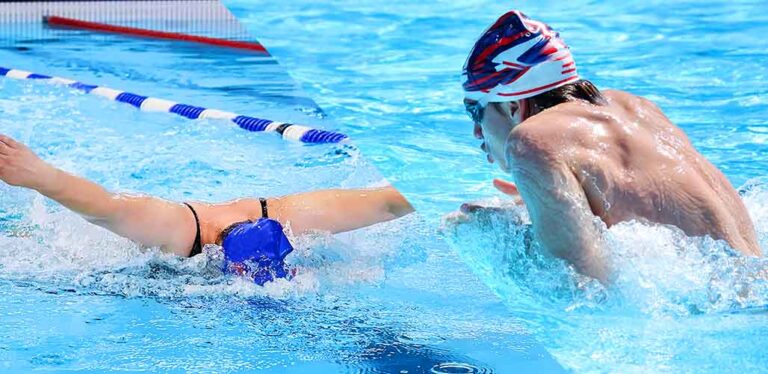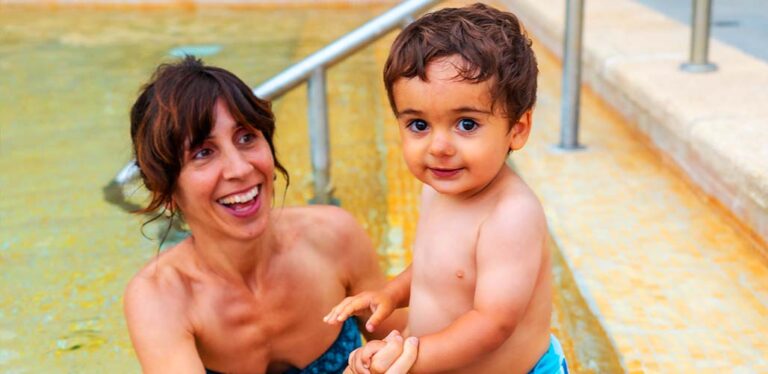How To Tread Water Better
I passionately believe that just about everyone could benefit from knowing how to tread water better. Being able to stay afloat by treading water is vital in any water survival situation, and in some cases, it’s more important than swimming ability. Treading water is all about using as little energy as possible to stay buoyant. Which means your arms and legs needs to be working efficiently, and your body needs to positioned well in the water. Read on for more details about what that means!
Contents
Why being able to tread water well matters
Can you tread water well enough to save your life? That’s exactly what unlucky Alabamian James Grimes had to do when he fell from a cruise ship in the Gulf of Mexico in November 2022. James treaded water for nearly 20 hours, and only just made it out of the water alive. I am sure we all think ‘I must learn to swim to save my life’. But what lots of people don’t realize is that knowing how to tread water is just as important.
The American Red Cross water safety instructor course teaches that to be water competent, you must be able to:
- Enter the water
- Get a breath
- Stay afloat
- Change position
- Swim a distance
- Get out of the water safely
As a swim instructor I know what this means they want to see you do is enter the water, get a breath, tread water to view your surroundings and then head in the direction of safety. Treading water is a crucial part.
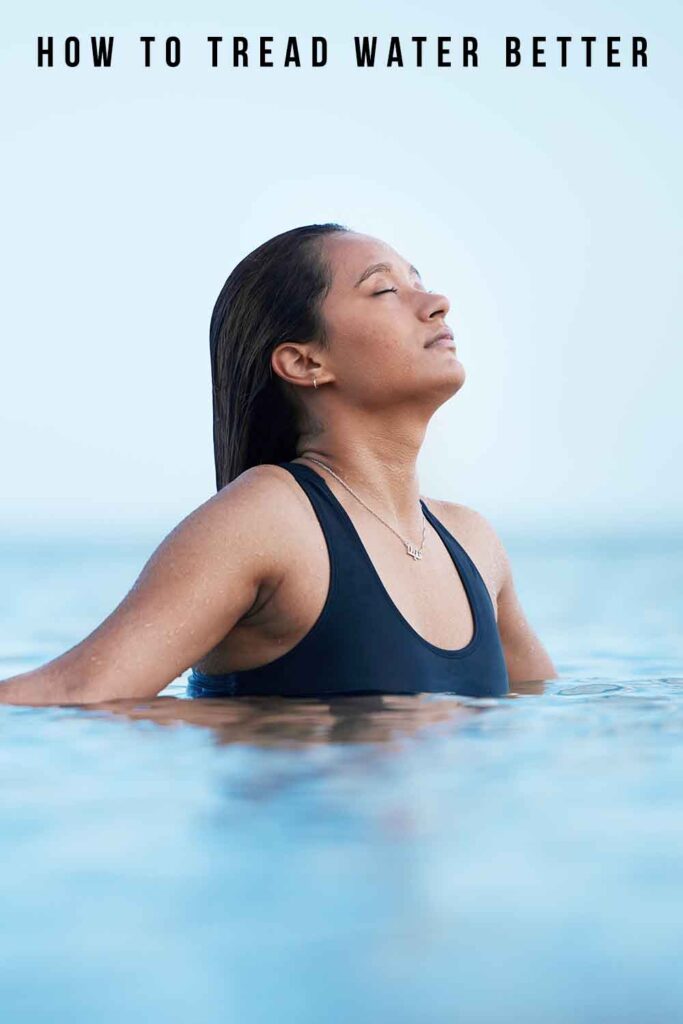
Treading water isn’t just essential to basic water skills. When we teach water safety for getting caught in a rip, it’s there again too. You do not try and swim against the rip, you swim out and tread, waiting for rescue. Swimming is exhausting, just as James found out when he was in the sea. When you’re surrounded by open water, swimming to land isn’t realistic – you have to survive by treading water until you’re rescued instead.
How to tread water better
The first time I treaded water, no one had taught me how, and I did the flutter kick. This kick was utterly exhausting but I was young and had the stamina to pull it off. The flutter kick is not efficient for staying afloat, and that is the key to achieving water competency: learning to move through the water as efficiently and with as little effort as possible. Here’s how to tread water better by moving in more energy efficient ways:
Start by standing in chest deep water and moving your arms under the surface. You want your arms as big as you can make them, and moving in slow continuous motions. I like to tell my students to imagine there is a shelf with plates on it, and they are mad – they are going to knock the plates off the shelf. That’s a big long swoosh forwards through the water. Now they are still mad and want to make sure all the plates are knocked off. So they need to rotate their wrist and swoosh back again. When you’re trying this, you want to make sure your arms extend right behind your shoulder at the back and then all the way out in front of you. Get used to this motion in shallow water before moving to the deeper end.
Choosing a kick style
To master the legs for treading water you want to move to a depth where you cannot touch the bottom. The first time you try, take a pool noodle and wrap it around you like a hug. Alternatively you can take two kick boards, and place one under your left arm and the other under your right arm. Now we can focus on the legs.
You are not kicking to save your life at the moment, so you can float with your noodle or boards and just relax. There are three types of leg kicks you can use to tread water, and we are going to practice all of them in this relaxed position so you can feel what works for you. The rotary kick is a favorite, but a lot of people also enjoy a scissor kick or modified breaststroke kick.
- For the rotary kick, which is also known as the eggbeater kick, perform a breaststroke kick using your left leg only, then another one using your right leg only. Remember, the direction of the kick is down – not out behind you!
- For our scissor kick, extend one leg out in front of you as if to kick a ball underwater, and the other leg behind you. Then snap them back underneath you with force. It lifts you up a little, then you sink down again as you relax. Then kick again but swapping the direction of each leg.
- And finally, in the modified breaststroke kick you’re going to hitch your knees slightly up in front of you, until they’re nearly level with your hips, then move your feet in circles with the left foot moving clockwise and the right leg moving counter clockwise. Take a look at the video at the top of this post if you need help to visualize this!
When I’m staying afloat I like to alternate and use all of these kicks, so that the different muscle groups used in each one each get opportunities to recover. Just remember that the flutter kick isn’t a kick taught for treading since it isn’t efficient.
Bringing it all together
Once you feel like you have mastered the leg kick and the arm swoosh independently, it’s time to leave the pool noodle or kickboards to one side. I get my students to stay at the edge of the pool, let go of the pool wall and see how long they can keep their head above water. Start with little goals: fifteen to thirty seconds, then rest – grab the wall – and do it again. Practice a little bit each day. After a few weeks you should have it.
The trick is just to stay low in the water and keep your body as wide as possible. You want to be comfortable in the water. Whether you are swimming or treading water, you are conditioning your body so that you are putting minimal effort into achieving buoyancy. When you tread water, the more of yourself your try and lift out of the water, the more energy it demands. So the final part of being energy efficient is staying low in the water, and exhaling underwater in long, steady breaths.
How to tread water better – summary
Our bodies are capable of incredible feats of endurance when we need them to be. Our swimmer James Grimes was able to stay treading water in the Gulf of Mexico for so long because he had the hope he would be saved. I think we could all do with learning how to tread water better, because in a lot of survival situations, it is a more important survival skill than swimming. So whether you’re totally new to it, or just haven’t tested yourself in a while, grab your favorite swimsuit and towel and give treading a new try!

